Features > Property News & Insights > Market updates
Apartments step into the spotlight as housing affordability bites
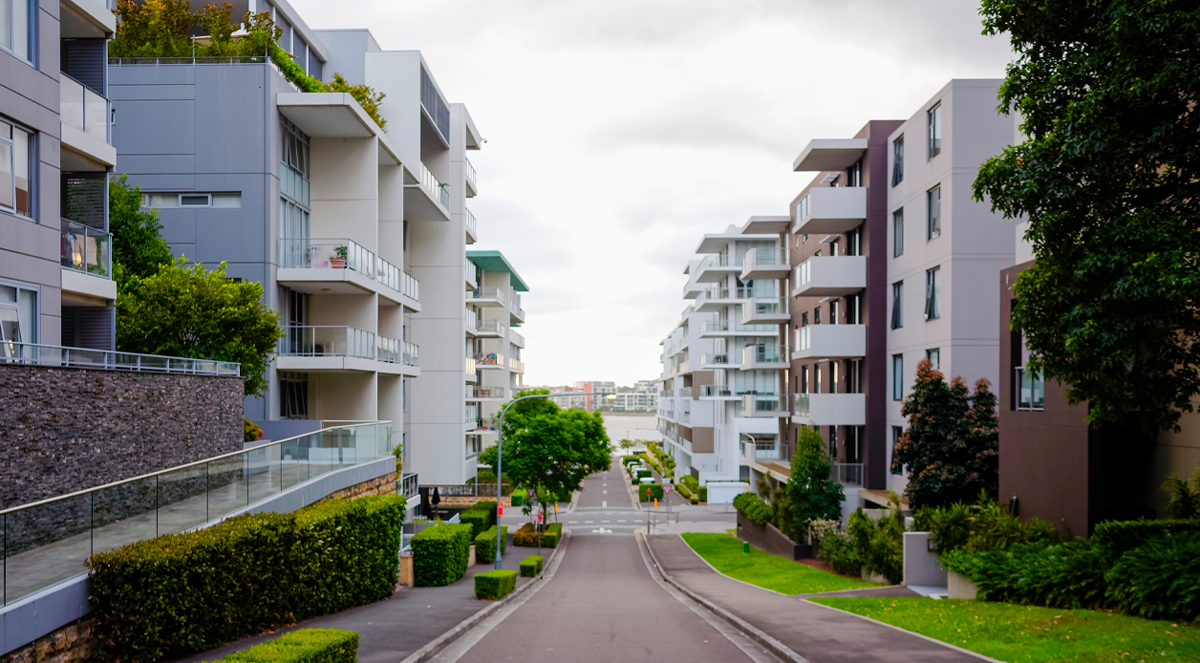
KEY POINTS
- With house prices high, apartments are becoming the entry point for first-home buyers, a lifestyle choice for downsizers, and a strong yield-option for investors
- Ray White says New South Wales, Victoria, and Queensland delivered 86% of all new apartment projects in the past year, while Canberra led density, approving nearly three units per house
- Sydney’s apartment growth clusters near transport hubs; Melbourne’s around inner-ring suburbs; Queensland spans both urban and coastal demand
As house prices continue to push beyond reach for many Australians, new analysis shows the apartment market is emerging as a critical pressure valve, offering first-home buyers, downsizers and property investors fresh opportunities across the country.
Ray White Data Analyst Atom Go Tian says apartment developments are no longer a fringe element of the housing market but are instead “quietly creating new pockets of opportunity across Australia.”
“For first-home buyers, they’re the only pathway to ownership in desirable postcodes,” he says.
“For downsizers, they’re the lifestyle upgrade with lock-and-leave convenience.
“For investors, they’re the yield play in transit-connected precincts.”
According to Atom Go Tian, New South Wales, Victoria and Queensland accounted for 86% of all new apartment developments in the past year, with NSW leading at 26,385 new units, followed by Victoria (23,484) and Queensland (13,384).
But he says Canberra is where the shift is most striking.
“For every house approved in the ACT, 2.8 units were approved — nearly double NSW’s ratio of 1.2.
“This reflects how the nation’s capital has embraced higher-density housing more aggressively than any other market,” he notes.
By contrast, South Australia and Western Australia remain more house-dominated, while Tasmania and the Northern Territory still have “almost nonexistent” unit markets due to lifestyle preferences and abundant land.
For his analysis, Atom Go Tian used ABS Building Approvals data and geometric mean pricing from Ray White’s in-house data provider, Neoval.
He says this is preferable to the more widely used “median” or “average” price measures because “it accounts for outliers more accurately, providing a more representative measure of underlying price trends in apartment markets where high-value developments can skew traditional averages.”
Sydney: Transport-driven growth
Sydney’s apartment boom is concentrated around transport hubs and growth corridors.
Castle Hill delivered 1,755 units priced at a geometric mean of around $1.1 million, while Burwood in the inner west saw more than 1,000 units at $930,000.
Zetland’s Green Square transformation continues to attract buyers, with new apartments priced around $1.02 million.
“The standout value play is Parramatta North,” Atom Go Tian says.
“At $640,000, it’s the most affordable option in Greater Sydney, with 3.9% annual growth and strong infrastructure investment underpinning demand.”
Melbourne: Inner-ring dominance
Victoria’s supply remains heavily concentrated in Melbourne’s inner ring.
Docklands leads the nation with 2,035 new units, averaging $660,000.
Southbank East (940 units at $580,000) and South Yarra South (807 units at $600,000) also added significant volumes.
Atom Go Tian says affordable options are emerging in North Melbourne ($520,000 for 741 units) and Footscray ($470,000 for 692 units), while the Bayside suburb of Hampton represents the high end at a geometric mean of $950,000.
Queensland: Lifestyle migration hotspots
Queensland’s apartment development hot spots are split between Brisbane and the coastal corridor from Hope Island to the Sunshine Coast.
Brisbane City recorded 1,109 units, but lifestyle-focused areas like Caloundra West-Baringa (417 units) and Maroochydore-Kuluin (327 units) are attracting both locals and interstate buyers.
“Markets like Deception Bay and Yeronga are seeing growth above 12% annually,” the Ray White Data Analyst says.
“That shows how Queensland’s apartment market is benefiting from both affordability pressures and lifestyle migration.”
Western Australia: Catch-up surge
Ray White’s analysis shows WA is home to some of the fastest apartment price growth in the country.
The Beckenham-Kenwick-Langford area in Perth’s south-eastern suburbs rose 18.8% to $530,000 in 12 months, while the Midland-Guildford area near Perth Airport climbed 18.6% to $500,000.
Premium inner city locations like Nedlands-Dalkeith-Crawley ($930,000) and Fremantle ($840,000) also recorded double-digit gains.
“This is catch-up growth,” Atom Go Tian explains.
“After years of subdued activity during the mining downturn, Perth’s apartment market is rebounding strongly.”
South Australia: Steady and broad-based
Adelaide’s apartment development is widely distributed, with consistent growth of 9–11.7% across key precincts.
Hindmarsh-Brompton ($710,000), Toorak Gardens ($750,000) and Glenelg ($760,000) all recorded strong gains, while Enfield-Blair Athol ($600,000) stood out with 11.7% annual growth.
“Adelaide is showing a Goldilocks pattern,” Ray White’s Atom Go Tian says.
“It’s affordable compared to Sydney and Melbourne but still offers broad-based growth, making it attractive for interstate buyers.”
Canberra, Tasmania and the NT
In Canberra, planned growth corridors dominate, with Gungahlin (660 units at $480,000) and Belconnen (407 units at $520,000) leading supply.
Inner suburbs like Kingston command higher prices ($760,000) but remain low in volume.
Tasmania remains a small market, with just 87 units statewide, while the Northern Territory is also limited, centred around Darwin City ($430,000) and Bakewell ($350,000).
“These markets remain niche - more about investors and transient workers than mainstream buyers,” Atom Go Tian says.
The take-out
Tian says the emerging apartment landscape in Australia’s capital cities caters to distinct buyer groups:
First-home buyers are finding their entry points in areas like Parramatta North, North Melbourne, Footscray and Canberra’s Gungahlin.
Lifestyle buyers are gravitating to coastal hubs such as Hope Island, Glenelg and Fremantle.
Investors are targeting growth markets in Perth’s outer suburbs and Adelaide’s consistent performers, while downsizers are opting for premium inner-city precincts like Melbourne’s Docklands, Sydney’s Zetland and WA’s Fremantle.
“The data shows Australians aren’t retreating from the housing market,” Atom Go Tian says, “they’re adapting.”
“Apartments are now central to how our cities absorb population growth and deliver housing choice.”
Stay Up to Date
with the Latest Australian Property News, Insights & Education.




.png?width=292&height=292&name=Copy%20Link%20(1).png)
 SIGN UP FOR FREE NEWSLETTER
SIGN UP FOR FREE NEWSLETTER

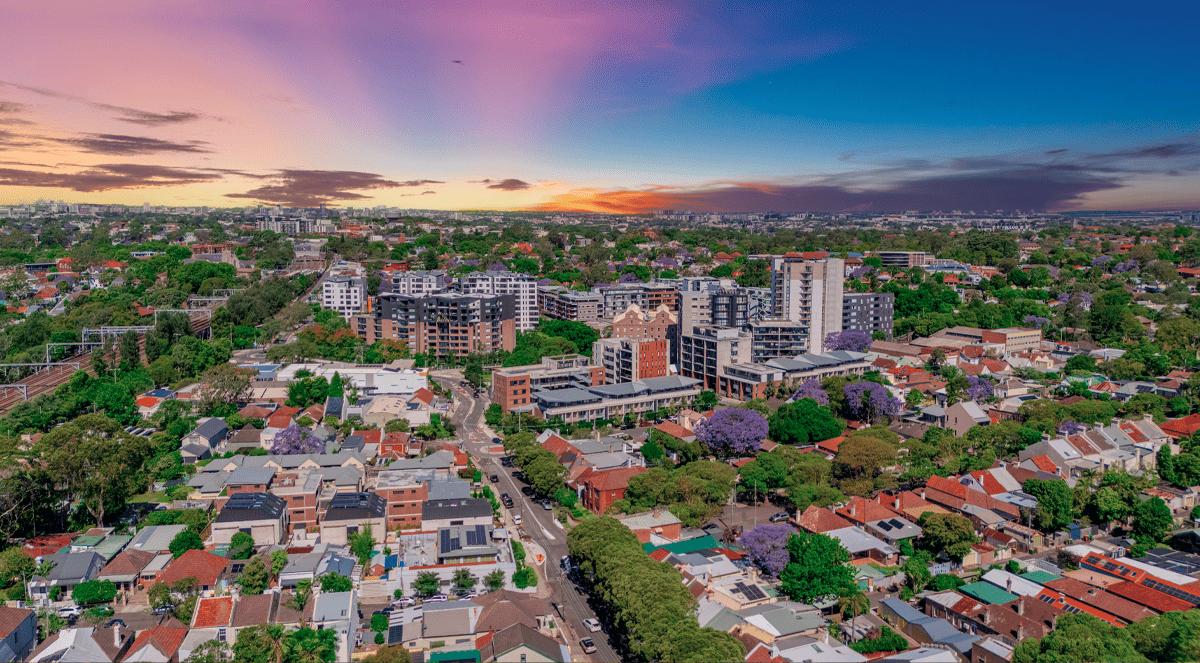
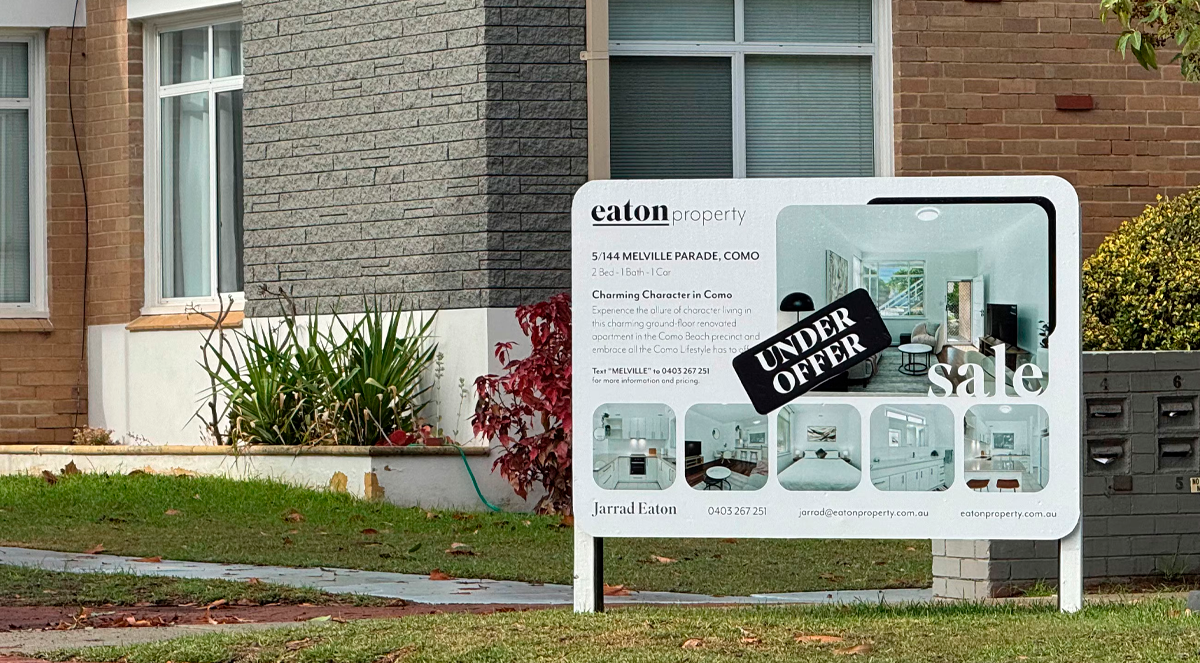
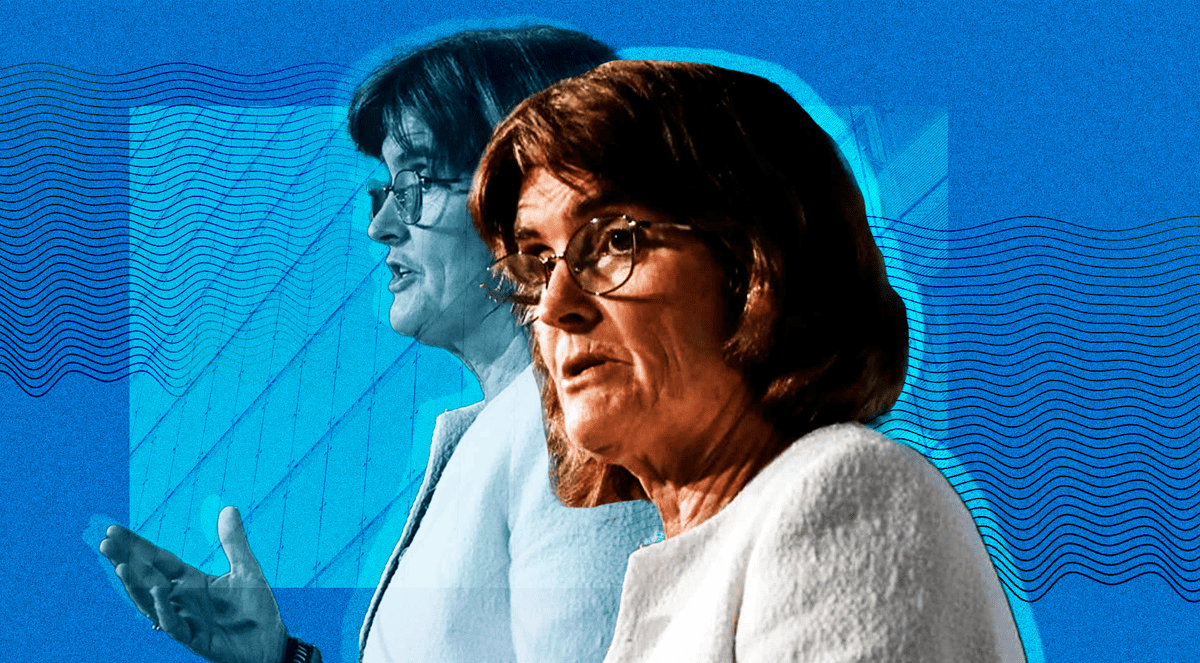
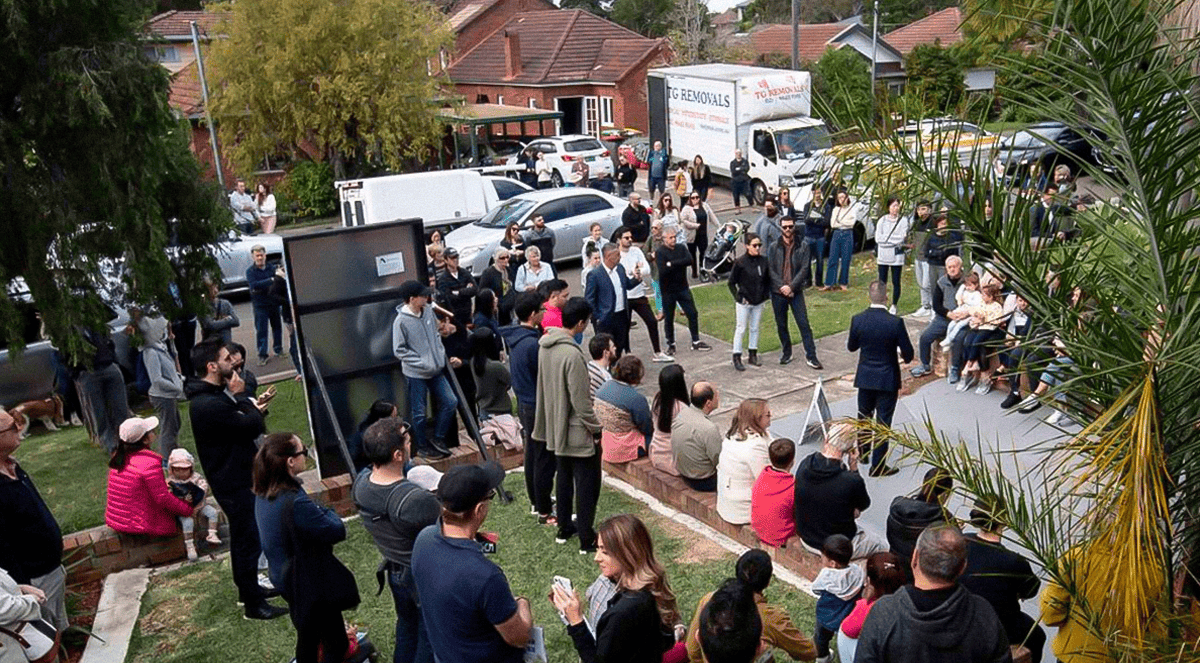
.jpg?width=1920&height=1080&name=Warning%2c%20You%20Might%20Be%20Facing%20Higher%20Taxes%20Soon%20(1).jpg)





.png?width=1920&height=1080&name=Rate%20Drops%20Signal%20BIGGEST%20Property%20Boom%20in%20DECADES%20(1).png)

.jpg?width=1920&height=1080&name=Labor%20vs%20Liberal%20These%20Housing%20Policies%20Could%20Change%20the%20Property%20Market%20Forever%20(1).jpg)
.jpg?width=1920&height=1080&name=QLD%20Slashes%20Stamp%20Duty%20Big%20News%20for%20Investors%20%26%20Home%20Buyers%20(1).jpg)
.jpg?width=1920&height=1080&name=Trump%20Just%20Slapped%20Tariffs%20%E2%80%93%20Here%E2%80%99s%20What%20It%20Means%20for%20Australia%20(1).jpg)
.jpg?width=1920&height=1080&name=Federal%20Budget%202025%20More%20Debt%2c%20No%20Housing%20%E2%80%93%20Here%E2%80%99s%20What%20You%20Need%20to%20Know%20(1).jpg)
.jpg?width=1920&height=1080&name=Australias%20Housing%20Crisis%20is%20about%20to%20get%20MUCH%20Worse%20(New%20Data%20Warns).jpg)
%20(1).jpg?width=1920&height=1080&name=Australias%20RENTAL%20CRISIS%20Hits%20ROCK%20BOTTOM!%20(2025%20Update)%20(1).jpg)
%20(1).png?width=1920&height=1080&name=Is%20Adelaide%20Still%20a%20Good%20Property%20Investment%20(2025%20UPDATE)%20(1).png)
.jpg?width=1920&height=1080&name=RBA%20Shocks%20with%20Rate%20Cuts!%20What%E2%80%99s%20Next%20for%20Property%20Investors%20(1).jpg)
%20(1).jpg?width=1920&height=1080&name=I%20Predict%20The%20Feb%20Rate%20Cut%20(My%20Price%20Growth%20Prediction)%20(1).jpg)
.png?width=1920&height=1080&name=Why%20Property%20Prices%20Will%20Rise%20in%202025%20Market%20Predictions%20(1).png)
.jpg?width=1920&height=1080&name=Why%20Investors%20Are%20Choosing%20Apartments%20Over%20Houses%202%20(1).jpg)
.jpg?width=1920&height=1080&name=Why%20Rate%20Cuts%20Will%20Trigger%20A%20Property%20Boom%20(1).jpg)
.jpg?width=1920&height=1080&name=Retire%20On%202Million%20With%20One%20Property%20(Using%20SMSF).jpg)
.jpg?width=1920&height=1080&name=4%20Reasons%20Why%20You%20Should%20Invest%20in%20Melbourne%20Now%20(1).jpg)
%20(1).jpg?width=1920&height=1080&name=Old%20Property%20vs%20New%20Property%20(Facts%20and%20Figures%20Revealed)%20(1).jpg)
%20(1).jpg?width=1920&height=1080&name=Will%20The%20New%20QLD%20Govt%20Create%20a%20Property%20Boom%20or%20Bust%20(My%20Prediction)%20(1).jpg)
%20Scott%20Kuru%20(1).jpg?width=1920&height=1080&name=Inflation%20Hits%20Three-Year%20Low%20(Will%20RBA%20Cut%20Rates%20Soon)%20Scott%20Kuru%20(1).jpg)
.jpg?width=1920&height=1080&name=How%20to%20Buy%20Investment%20Property%20Through%20SMSF_%20The%20Ultimate%20Guide%20(1).jpg)
.jpg?width=1920&height=1080&name=Victoria%20Slashes%20Stamp%20Duty%20Melbourne%20Set%20to%20Boom%20Scott%20Kuru%20(1).jpg)
.png?width=1571&height=861&name=Are%20Foreign%20Buyers%20Really%20Driving%20Up%20Australian%20Property%20Prices%20(1).png)
.jpg?width=1920&height=1080&name=The%20Single%20Factor%20That%20Predicts%20Property%20Growth%20Regions%20(1).jpg)
%20Scott%20Kuru%20(1).jpg?width=1920&height=1080&name=My%20Prediction%20On%20Rates%20%26%20Negative%20Gearing%20(Market%20Crash)%20Scott%20Kuru%20(1).jpg)

-1.png?width=1920&height=1080&name=Major%20Banks%20Cut%20Rates%20Will%20RBA%20Follow%20Suit%20(Sept%20Rate%20Update)-1.png)
%20Scott%20Kuru-1.png?width=1920&height=1080&name=Rate%20Cut%20Coming%20What%20New%20Zealands%20Move%20Means%20for%20Australia%20(Sept%20Prediction)%20Scott%20Kuru-1.png)
%20(1).jpg?width=1920&height=1080&name=Buy%20when%20the%20interest%20rates%20are%20high!%20(Why%20you%20must%20buy%20now!)%20(1).jpg)
.jpg?width=1920&height=1080&name=Carms_Revised%20Taxes%20Due%20Aug%209%20YT%20Thumbnail02%20(1).jpg)
.jpg?width=1920&height=1080&name=Carms_Too%20Little%20Too%20Late%20Aug%207%20YT%20Thumbnail01%20(1).jpg)









.jpg?width=1920&height=1080&name=Carms_Rate%20Drop%20In%20July%20Jun%2010%20YT%20Thumbnail02%20(1).jpg)
.jpg?width=1920&height=1080&name=Carms_Own%20a%20Property%20V6%20Jun%205_YT%20Thumbnail%20(1).jpg)









.png?width=1920&height=1080&name=Artboard%201%20(3).png)






.jpg?width=1920&height=1080&name=YT%20thumbnail%20%20(1).jpg)

